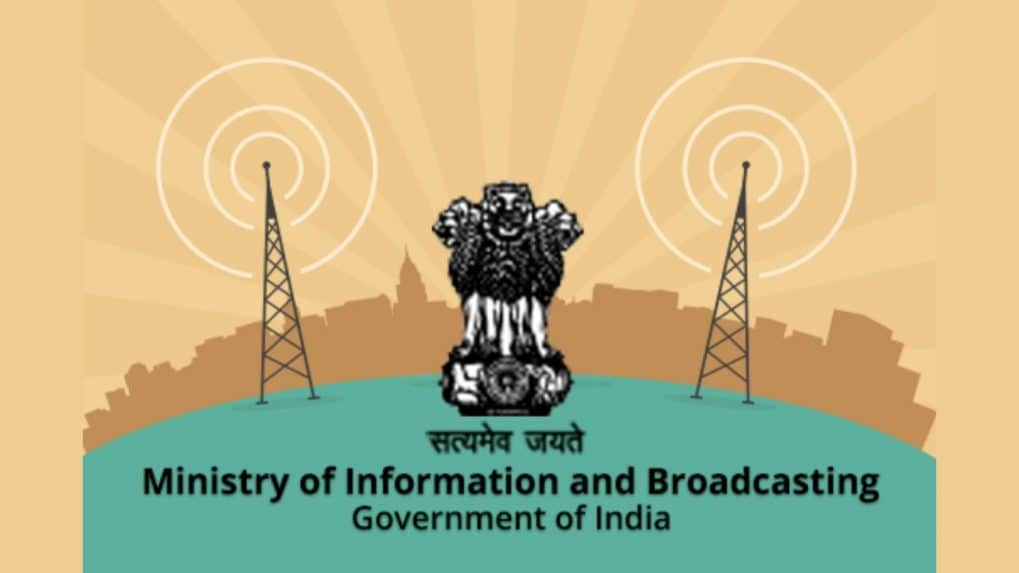Digital
Why OpenAI is hiring 100 ex-bankers: Inside the ChatGPT-maker's secret project to automate Wall Street's grunt work

The All India Digital Cable Federation (AIDCF) has issued a strong objection to the Telecom Regulatory Authority of India’s (TRAI) recent recommendation to reduce the license fee for Direct-to-Home (DTH) operators from 8% to 3% of Adjusted Gross Revenue (AGR), with a phased plan to eliminate it entirely by FY 2026–27.
In a detailed representation (a copy of which is with Storyboard18) submitted to the Ministry of Information and Broadcasting (MIB), AIDCF warned that such a move would seriously undermine market equity, distort competition between cable and DTH platforms, and inflict significant losses on the public exchequer.
The letter, addressed to Prabhat, Additional Secretary at MIB, is in response to TRAI’s February 21, 2025, recommendations under the framework for service authorisations for broadcasting services as outlined in the Telecommunications Act, 2023.
Spectrum Given Free, But Worth Thousands of Crores
The AIDCF pointed out that DTH operators are currently allocated spectrum in the Ku band on an administrative basis — meaning, free of charge. On average, a DTH operator uses 2,592 MHz of spectrum to uplink and downlink over 900 television channels, using about 36 satellite transponders.
For this spectrum usage, DTH operators pay around ₹230 crore annually in transponder rental to satellite agencies and an additional ₹11.2 crore to the Department of Telecommunications (DoT). Alongside, they pay approximately ₹210 crore per year as license fees. Altogether, the average annual payment amounts to ₹450 crore per DTH operator.
However, AIDCF emphasized that the real cost of this spectrum — if it were auctioned — would be significantly higher. Based on interpolated figures from the DoT’s March 2024 auction reserve prices for different frequency bands, AIDCF estimates that the annual cost of 2,592 MHz spectrum would amount to ₹2,280 crore per operator.
The Federation stated, “The tentative annual loss to the exchequer, if this spectrum was auctioned instead of being bundled with license fees, stands at ₹2,070 crore per operator.”
It further added that the DoT’s reserve price in 2023 for the 3,300 MHz band was ₹355 crore per MHz, while for the 26 GHz band, it was ₹7.61 crore per MHz. Using interpolation, the AIDCF calculated the price for the 15 GHz band — which includes Ku-band frequencies — to be around ₹176 crore per MHz for pan-India usage.
AIDCF argued, “Reducing or waiving the license fee for DTH operators, despite their reliance on free spectrum, would deepen this inequity between cable and DTH operators and cause a massive loss to the public exchequer.”
Cable Operators Face Higher Costs, Less Advantage
The Federation noted that, unlike DTH players who benefit from free spectrum, cable TV operators bear heavy infrastructure and regulatory costs. They are required to pay Right of Way (RoW) charges of up to ₹3,000 per pole per year, along with additional fees for permissions related to underground and overhead cabling.
Capital expenditure for underground cabling stands at ₹8 lakh per kilometer, not including annual maintenance costs. In contrast, DTH operators face minimal capital expenditure for customer acquisition and do not incur sunk infrastructure costs when customers churn.
AIDCF stated, “For acquiring each new customer, a Cable TV MSO and LCO must invest about ₹5,000, while DTH operators bear negligible incremental CAPEX.”
Flawed Consultation and Unjustified Comparison with Telecom Sector The cable federation criticized TRAI’s consultation process from January 2023 as non-transparent. It noted that although the consultation paper asked stakeholders to comment on various aspects of DTH licensing, it never explicitly invited views on reducing the license fee from 8% to 3%.
“Stakeholders were not given an opportunity to respond to the issue of fee reduction,” the letter stated. It alleged that TRAI relied on responses to a generic question ("Any other comments") and used those to justify the fee cut, ignoring broader stakeholder feedback that could have opposed it.
Furthermore, AIDCF disputed TRAI’s rationale of aligning the DTH license fee with the 8% Unified License fee paid by telecom operators. It clarified that telecom operators contribute 5% of that amount to the Universal Service Obligation Fund (USOF), a requirement that does not apply to DTH operators.
“The DTH license fee, originally set at 10% and later reduced to 8% in 2020, was never tied to the USOF and was bundled with free spectrum,” AIDCF emphasized.
It added that comparing DTH fees with telecom licenses overlooks the substantial benefits DTH players receive and risks creating regulatory arbitrage.
Cable Industry at Risk
AIDCF warned that if TRAI’s recommendation is accepted, it would disrupt the level playing field irreversibly. “DTH operators already enjoy regulatory and economic advantages. Reducing their cost base any further will accelerate subscriber churn from digital cable to DTH and other unregulated platforms like Free Dish, FAST TV, OTTs, and digital DPOs,” the letter noted.
The federation cautioned that such an outcome could destabilize the broadcasting ecosystem and threaten the livelihoods of nearly 10 lakh individuals dependent on the cable TV industry.
“This will also be detrimental to India’s rural digital infrastructure and the government’s Digital India goals, which rely significantly on cable TV networks,” the federation said.
Appeal to Government
Concluding the letter, the AIDCF urged the Ministry to reject TRAI’s recommendation outright. “If this recommendation is accepted, it will distort the market balance and force the closure of many cable TV operations — including 880 multi-system operators and 1.6 lakh local cable operators — already struggling against OTT and digital platforms,” it warned.
The representation was also marked to senior officials at the Ministry of Information and Broadcasting, including Secretary Sanjay Jaju, Additional Director Gauri Shankar Kesarwani, and Deputy Secretary Amit Kumar.
From purpose-driven work and narrative-rich brand films to AI-enabled ideas and creator-led collaborations, the awards reflect the full spectrum of modern creativity.
Read MoreIn a wide-ranging interview with Storyboard18, Sorrell delivers his frankest assessment yet of how the deal will redefine creativity, media, and talent across markets.